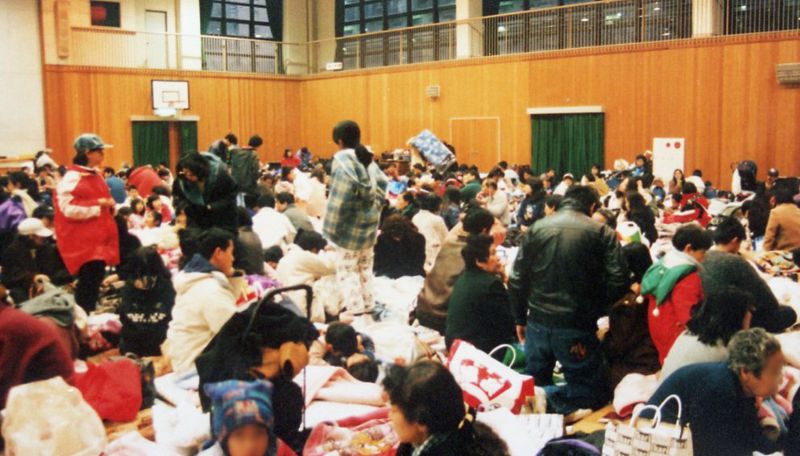Jul 7, 2020
COVID and emergency evacuations
For some time I had been concerned about the logistics of COVID and emergency evacuations. As we all know, being prepared for natural disasters is part of living in Japan. There's an underlying level of stress each time we have an earthquake that shakes the house for those few moments too long, or when typhoon warnings have rain forecast for days on end.
For many down in Kyushu right now, those feelings of stress are no doubt amplified as a result of the torrential rains and floodwaters that are currently hammering the region. The Japan Times noted back in May that local governments had already been considering how to "socially distance" evacuation centers, with ideas like cardboard partitions and certain amounts of space being used to separate individuals. There was also the suggestion by government officials that natural disaster evacuees would bring their own masks, thermometers, and hand sanitizer to evacuation venues. This is a nice idea in theory, but there are always going to be people who don't have disaster preparedness kits at the ready.
Another concern for evacuation centers is that a number of scientists are mounting evidence to suggest that coronavirus is airborne. The virus is still so new to humanity that doctors, scientists, and specialists are learning as they go. How do the symptoms manifest in people? How do some individuals show no symptoms, and for others it's deadly? We all have to remember that when the virus came to light originally, the World Health Organization first thought human-to-human transmission wasn't possible. We all know now that was a fallacy, and that airborne spread could be entirely possible.
The photo you see below is from an evacuation shelter after the 1995 Hanshin Earthquake that struck Kobe. It's these kinds of images that concern me. If a disaster of this size and scale was to hit Japan, the logistics of socially distancing the affected population would be hard enough. There's also the emotional component that would play into it. Being unable to debrief with others in the same circumstances, and forced to ultimately process tragedy and destruction in a cardboard partition sounds like a recipe for disaster.

A disaster center after the 1995 Hanshin Earthquake provides some context as to how hard social distancing could be. Credit - Wikipedia
I feel for all of the people in Kyushu being faced with disaster at their doorstep. Dealing with the effects of these circumstances would be stressful even with nothing else going on, but amid a pandemic makes it almost unthinkable.
Hitting the books once again as a Ph.D. student in Niigata Prefecture. Although I've lived in Japan many years, life as a student in this country is a first.
Blessed Dad. Lucky Husband. Happy Gaijin (most of the time).



0 Comments